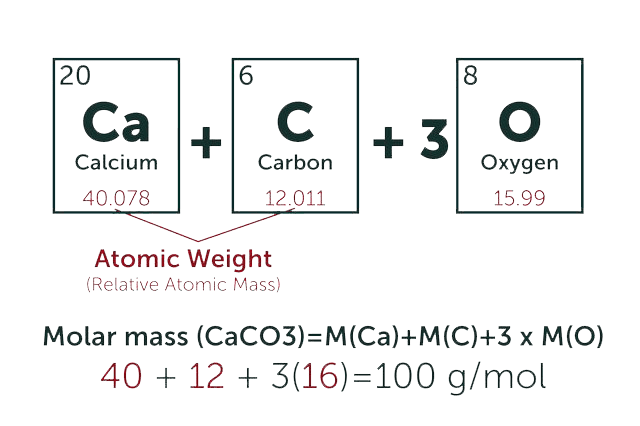Cerulenin
* Please be kindly noted products are not for therapeutic use. We do not sell to patients.

| Category | New Products |
| Catalog number | BBF-00766 |
| CAS | 17397-89-6 |
| Molecular Weight | 223.27 |
| Molecular Formula | C12H17NO3 |
| Purity | 98% |
Online Inquiry
Capabilities & Facilities
Fermentation Lab
4 R&D and scale-up labs
2 Preparative purification labs
Fermentation Plant
Semi pilot, pilot and industrial plant 4 Manufacturing sites 7 Production lines at pilot scale 100+ Reactors of 30-4000 L; 170+ reactors of 20 KL-30 KL; 24+ reactors of >100 KL 2 Hydrogenation reactors (200 L, 4Mpa and 1000L, 4Mpa)
Product Description
It is produced by the strain of Cephctlosporium caerulene, Helicoceras oryzae, Acrooylindrium oryzae. It has weak antibacterial activity, but it has the effect of resisting yeast, ringworm epidermis, pear spore and mycoplasma. It can inhibit the biosynthesis of fatty acids and sterols, and also inhibit the biosynthesis of Polyketide. In recent years, it has been found to inhibit HIV.
- Specification
- Properties
- Toxicity
- Reference Reading
- Spectrum
- Price Product List
| Synonyms | Cerulenin; Helicocerin; 2,3-Epoxy-4-oxo-7,10-dodecadienamide; 3-(1-Oxo-4,7-nonadienyl)oxiranecarboxamide |
| Storage | Store in a cool and dry place and at 0 - 4 °C for short term (days to weeks) or -20 °C for long term (months to years). |
| IUPAC Name | (2R,3S)-3-[(4E,7E)-nona-4,7-dienoyl]oxirane-2-carboxamide |
| Canonical SMILES | CC=CCC=CCCC(=O)C1C(O1)C(=O)N |
| InChI | InChI=1S/C12H17NO3/c1-2-3-4-5-6-7-8-9(14)10-11(16-10)12(13)15/h2-3,5-6,10-11H,4,7-8H2,1H3,(H2,13,15)/b3-2+,6-5+/t10-,11-/m1/s1 |
| InChI Key | GVEZIHKRYBHEFX-NQQPLRFYSA-N |
| Source | Cephalosporium caerulens |
| Appearance | White Acicular Crystal |
| Application | Antifungal Agents |
| Antibiotic Activity Spectrum | mycoplasma; yeast; fungi |
| Boiling Point | 456.1°C at 760 mmHg |
| Melting Point | 93-94 °C |
| Density | 1.134 g/cm3 |
| Solubility | Soluble in Methanol, Ethanol, Acetone, Chloroform and other organic solvents; Slightly soluble in Water; Insoluble in Petroleum Ether |
| LogP | 1.2 |
| Carcinogenicity | No indication of carcinogenicity to humans (not listed by IARC). |
| Mechanism Of Toxicity | Irreversibly binds to fatty acid synthase, specifically b-ketoacyl-acyl carrier protein synthase (FabH, FabB and FabF condensation enzymes). A number of tumor cells and cell lines have been observed to have highly upregulated expression and activity of fatty acid synthase (FAS). Inhibition of FAS by cerulenin leads to cytotoxicity and apoptosis in human cancer cell lines, an effect believed to be mediated by the accumulation of malonyl-coenzyme A in cells with an upregulated FAS pathway. |
| Toxicity | LD50: 547 mg/kg (Oral, Mouse). |
Predicted LC-MS/MS Spectrum - 10V, Positive

Experimental Conditions
Collision Energy: 10 eV
Instrument Type: QTOF (generic), spectrum predicted by CFM-ID
Mass Resolution: 0.0001 Da
| BBF-05806 | Zeaxanthin | Inquiry |
| BBF-03774 | Cephalosporin C Zinc Salt | Inquiry |
| BBF-05751 | Cyclosporin L | Inquiry |
| BBF-01729 | Hygromycin B | Inquiry |
| BBF-03428 | Tubermycin B | Inquiry |
| BBF-03884 | Formononetin | Inquiry |
Bio Calculators
Concentration (start) x Volume (start) = Concentration (final) x Volume (final)
It is commonly abbreviated as: C1V1 = C2V2


